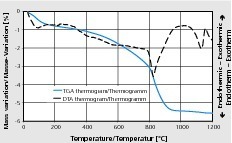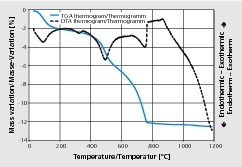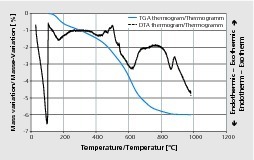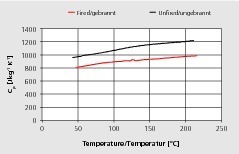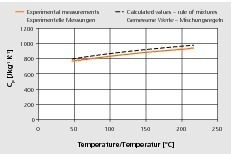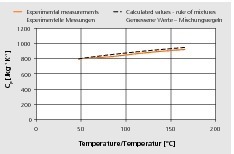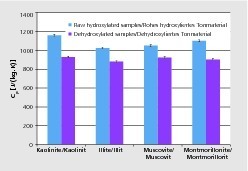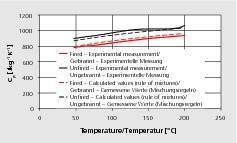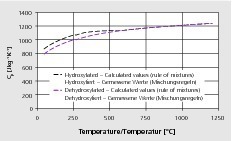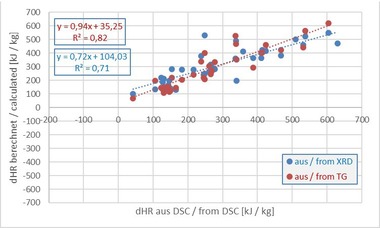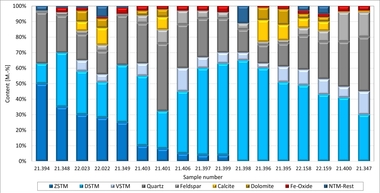A method for estimating the specific heat capacity of a raw clay mixture
For an industrial clay mixture, the presence of hydroxyl groups in the phyllosilicate phases significantly increases the value of the specific heat capacity. Following dehydroxylation, the rule of mixtures can be used to predict the heat capacity of the thermally treated clay material based on literature values attributed to the simpler component oxides. In this work, a value for the hydroxyl component has been determined from comparison of data for hydroxylated compounds before and after dehydroxylation. The mean value equal to 2 950 Jkg-1 K-1 at room temperature is then used with the rule of mixtures to predict values for simplified and industrial grade raw clay mixtures with an accuracy of ± 3%.
1 Introduction
Clays are basic raw materials used in large quantities for the manufacture of tiles, bricks, fireclay refractories and whitewares. The energy cost for such large-scale production in the ceramic industry has become a critical issue. Typically, the fabrication process involves forming where the raw material mixture is worked into the required shape, for example by (wet) pressing, drying and then firing to obtain a dense, robust object. Consequently, evaluation of the specific heat capacity of the raw material and its subsequent variation with thermal treatment represents...

![»1 Comparison of measured specific heat values and those of the literature for a pure tin oxide powder [4]](https://www.zi-online.info/imgs/tok_8b60b9e152de78991661f29c330fc3c9/w300_h200_x400_y262_101485256_7ff846490a.jpg)

